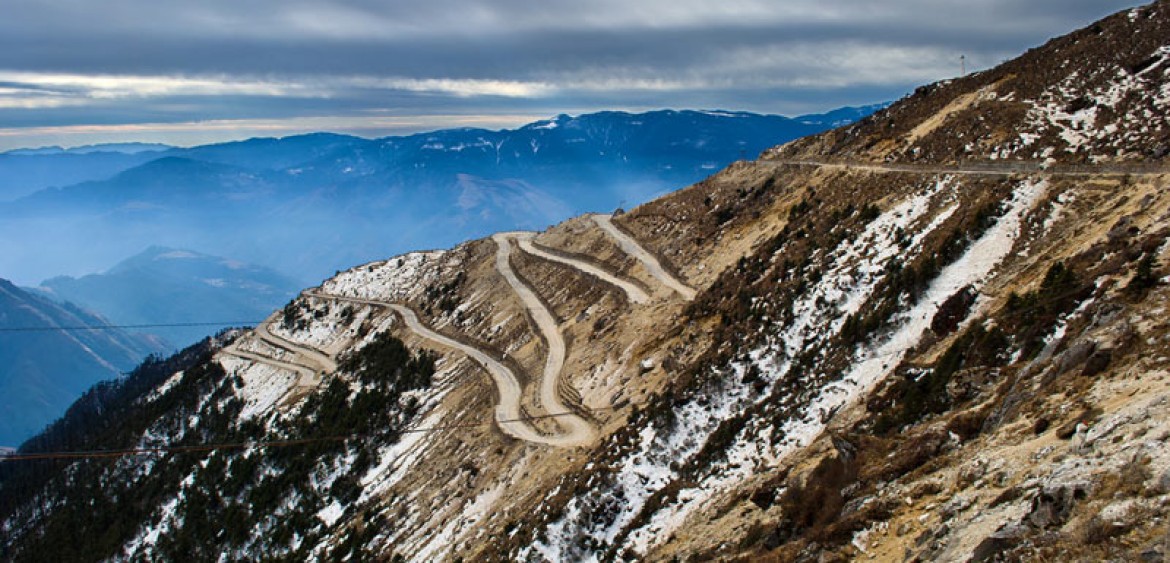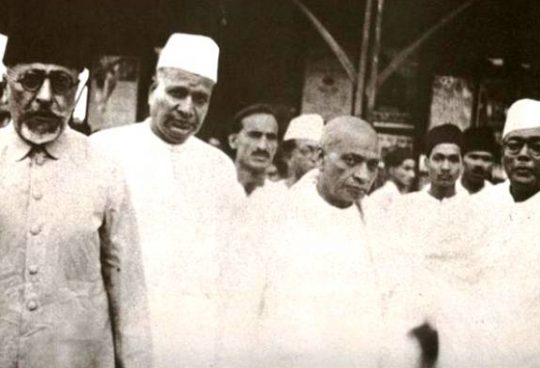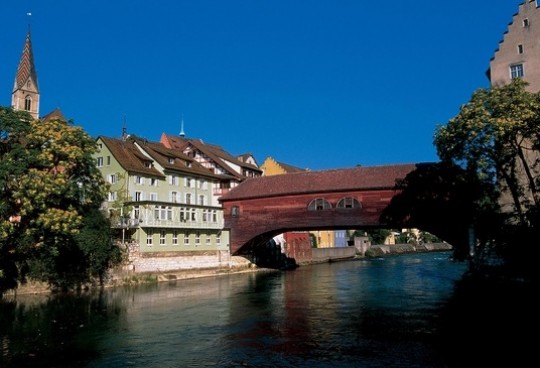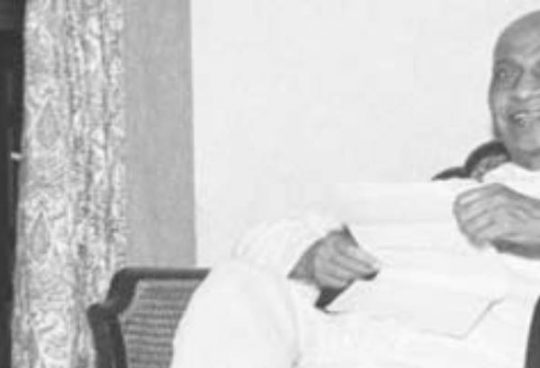Motoring into the extravagantly beautiful heights of Arunachal Pradesh, the eastern sentinel of India to reach Tawang, perched daintily 10,500 ft above msl ( mean sea level), is a blazing testimonial to the ecstatic triumph of journeying over the customary inevitability of reaching the destination. I would fain believe this till I set off on the memorable drive to Tawang. The roads are bad, the ride is bumpy but I would not trade a ride through the glorious vistas of placid mountain lakes and verdant forests for the eighty minute flight on the 26Seater MI-172 Pawan Hans Helicopter Service from Guwahati to Tawang. Not blessed with this sagacity and ignoring the advice of well meaning friends we chose to fly into Tawang. But fate was kinder. The chopper was unavailable having limped off to Mumbai for its annual maintenance. And so there we were! The seven of us, four adults and three kids settled into two scorpios, understandably the standard issue for journeys to Tawang, and set off at a little past eight in the morning in Mangaldoi, district headquarters of Darrang district in Assam.
Tezpur, 99 km from Mangaldoi was our first halt. The Tezpur circuit house, where we stopped, sits tight on the yawning Brahmaputra and is just a few hundred steps away from the war memorial dedicated to the fallen heroes of the 1962 Chinese aggression. Besides being the corps head quarters of the Indian army in the North eastern sector, Tezpur occupies the prime spot on the national rattan/bamboo furniture circuit. Entry and exit from this town is lined with kiosks carrying an astonishing range of cane products. From Tezpur the drive continued till we stopped at the Nameri Tiger Reserve to eat our packed lunch.
Sixty kilometers later, we entered Arunachal Pradesh at Baluk Pong breezing through the Assam-Arunachal Border security after producing our Inner Line permit for inspection. Lazing on the river Kameng also called Bareli, B. Pong has little to offer as an entrée than a glimpse of the unhurried though harsh life in the North East. Mountainous Arunachal presents itself with a dramatic change from the flat-as-a-bread Assam. Without much ado, the ascent commences at the border post itself; first with a gentle incline, but the curves get deeper and the angles sharper as the road stretches.
Within a few minutes of passing B Pong, we drove into the Orchidarium at Tippi which proudly announced a collection of more than five hundred varieties of orchids in its green houses. Incidentally Arunachal has the largest range of orchids in the country. A photo session and we bundled back into the scorpios to hit Bomdila by evening. A mid morning tea break at Kesang Hotel in the shadows of the holy honey bee mountain at NagmandirBazar and a photo op at the ShowryaDwar barely a mile up the mountain and we were back on the distractingly picturesque mountain roads built by the intrepid men of the Border Roads Organisation. This stretch of the drive is a simian paradise with hills canopied in never ending swathes of banana groves. It was like nothing I had ever seen in any of my earlier travels in the Himalayas. Weaving and yawing on the narrow roads, we drove past the neat and trim barracks of the Fikarnot Fourteens and the vigilant Sappers. It was by late afternoon hungry, tired and grimy that we shuffled into the unostentatious Shipiong Pong Hotel in the fog draped Bomdila, the headquarters of West Kameng District. A late lunch doubled for an early dinner. As the evening crumpled into the cold darkness symptomatic of energy starved hill towns, sporadic bursts of milky light from the power hungry bulbs and limpid warmth of the disinterested room heater, saw us through the cold evening and dark night into the morning.
The quicksilver sky of the previous night cleared away to toss out a brilliant morning as we accelerated towards Sila pass and Tawang further away. After a two hour drive from Bomdila we parked in Dirang for a refuel. Situated between Bomdila&Tawang, Dirangin WestKameng district has apple orchards and sheep breeding farms and just a few kilometres away are some hot springs. A walk up to the Yak Research Centre which had just hosted an International conference on Yak Husbandry proved fruitless as the centre was closed for the weekend. On the way up to Tawang ,Dirang seemed little more than a small hill town with the familiar repertoire of smells and sights. But it was on the way back from Tawang did the ostensibly unassuming town shock us into awe with its fabulous Hotel Pemaling Heritage tucked away in a precious corner overlooking the gushing river. Hovering atop a gentle ridge it lords over Dirang. MrsDroms, owns it and the Welcome Heritage group manages it and does a wonderful job too! Hungry , tired and irritable with dust clogging every conceivable pore and orifice in our bodies, the quaint hotel Pemaling was a veritable haven the night we drove back from Tawang.
From Dirang further up at 13,600 feet lies the picture perfect Silalake. A poster lake for Himalayan tourism, the cerulean blue saucer fringed with fresh cream peaks is the destination for most tourists who do not venture further. Nevertheless with it captivating beauty, Silalake is just the hors d’oeuvre for the lucullan feasts that follow in the breathtakingly beautiful vales and towering peaks of Tawang District. Climbing down from the heights of Sila pass, the road to Tawang curls its way through ambitious Jang, the narrow strip of houses straddling the mountain road . A town which evidently has displayed an unmistakable entrepreneurial spirit vigorous enough to convince the banking Juggernaut, State bank of India, to open two branches! Good luck folks ! Before we drove into Jang we ensured that we stopped at JaswantGarh at 12,500 ft. where a memorial has been consecrated to honour the martyrdom of brave Rifle man Jaswant Singh, Rifle man Gopal Singh and Lance NayakTrilok Singh of the 4th Garwal Rifles who braved the Chinese incursion in Novemeber 1962 at the Battle of Nuranang. After this, the road evens up for a few hundred metres after which it continues to scramble down till it reaches the thundering Nura falls,. Thereafter the assault upwards begins once again at a tiny little bridge tottering on the rotting wooden slats across the rushing torrent. This bridge is seemingly mainland India’s only land link with Tawang and so, understandably, there hangs a board forbidding photography lest our ambitious neighbor become privy to this public secret ! As we roughed out the drive I could not help wonder why the Chinese who marched into Indian territory in 1962 from Bumla, just above Tawang, and who continued to march right down to Tezpur on the Brahmaputra, bothered to turn back and rough it out all the way back to the Mc Mohan Line at Bumla !
After spectacular Nura, elusive Tawang was within our reach by sundown and we pulled onto the extravagantly scenic environs of Tawang and wended through its narrow alleys to reach Tawang Inn, described to be one of the best hotels in Tawang. Perhaps, basic amenities with a promise of hot water and room heaters in a town ravaged by ever present power shortages distinguishes this hotel from the others.
Tawang, the home of the Mompas is 10,500 ft. above mean sea level is curled up at the foot of the towering Himalayan giants at the western end of the State of Arunachal Pradesh. The snowmelt lakes and craggy mountains awash with bizarre shaped boulders cast a spell with their indescribable beauty and awesome grandeur that it is difficult to tear look away from this and potter around the quaint town with its historical monastery, considered to be the largest in the country second only to the sacred Potala palace in distant Lhasa.
Tawang is a pivotal point on the Buddhist map. Incidentally the present Dalai Lama sought shelter here when fleeing from Tibet. A visit to the monastery blends a rare spiritual experience with irresistible temporal inducement. Standing tall at 10,500 ft above sea level on the spur of a hill overlooking the Tawang-chu valley, it packages the sacred with the secular with its heady mix of scintillating environs and soul stirring chants of Buddhist liturgy . The Tawang Monastery also known as “GaldenNamgyalLhatse” was founded by LodreGyaltso also called Meera Lama, sometime between 1643 and 1647, and has recently undergone elaborate restoration. The four hundred year old Tawang Monastery is the spiritual seat of the yellow hat or Gulagpa sect of the Mahayana Buddhism. Some of the elaborate Thangkas, the hand painted or sometimes embroidered Buddhist banners, adorning the walls in the monastery are quite rare.
If the Thangkas enthrall you head directly to the Monyul Traditional Art Centre run by the exceptionally talented Tsering family whose forefathers have practiced this intricate painting of the Himalayan region. As we walked into the studio cum sale point ,SonamGyatso who was engrossed in tracing the fine features of a seven feet high Blue Tara, explained how this traditional art form demands great mastery over drawing and an equally profound understanding of iconometric principles. Gyatso’s grandfather mastered the myriad minutiae of this Tibetan art form, which draws its themes exclusively from Buddhist religious iconography, under the tutelage of the great Tibetan Thangka masters having spent a prodigious sixteen years in Tibet ! We were spoilt for choice in this Thangka heaven and finally tore ourselves away but not without an elaborate rendering of a White Tara tucked under my arm.
Our next stop was Bumla pass. Though a short excursion to the enchanting Shungetser Lake, dubbed Madhuri Lake as a song for the bollywood flick Koila was shot around here, much to the chagrin of the locals, was advised we chose to go to Bumla as we were lucky enough to obtain permits to visit the freezing Bumla pass at 15400 ft, on the road into China and add a granite chip to the pile of friendship stones toeing the MC Mohan Line that amicably scissors the gleaming snows into India and China. The soldierly bonhomie of the officers and jawans Indian Army posted at this position in the line of the chilling winds and deepening snows is remarkable. The drive back to Tawang was less tedious then the ascent as we feasted on the emerald green VayalanGogmaTso on the approach to Klemta camp. The KlemtaTso and the KhemkarTso with its gliding Brahminy ducks offered us a sneak preview of the inexpressible and often times inaccessible beauty that sits atop the proud Himalayas.
Hopelessly tired, yet deliriously happy, we tucked into Tawang Inn in the evening, ready to roll down the mountains back to Mangaldoi the next morning. Sitting at my laptop a thousand miles away and writing about the wonderful lands I visited, I smile lazily at the wonder that India is!



